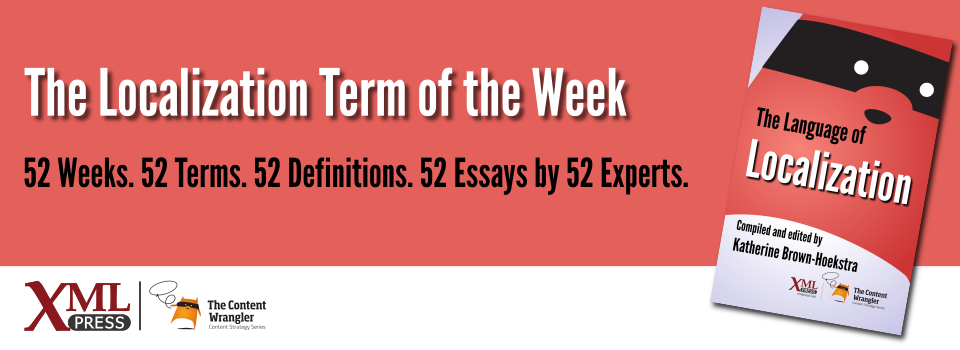What is it?
Phrase, sentence, paragraph, or sentence-like piece of text that represents a cognitive unit and is used when searching for a match in a translation memory (TM) database.
Why is it important?
Discrete segments of text show up repeatedly across various pieces of text. Matching source segments in the TM for which previously approved translations exist increases efficiency in the translation process by providing the relevant translation to the translator.
